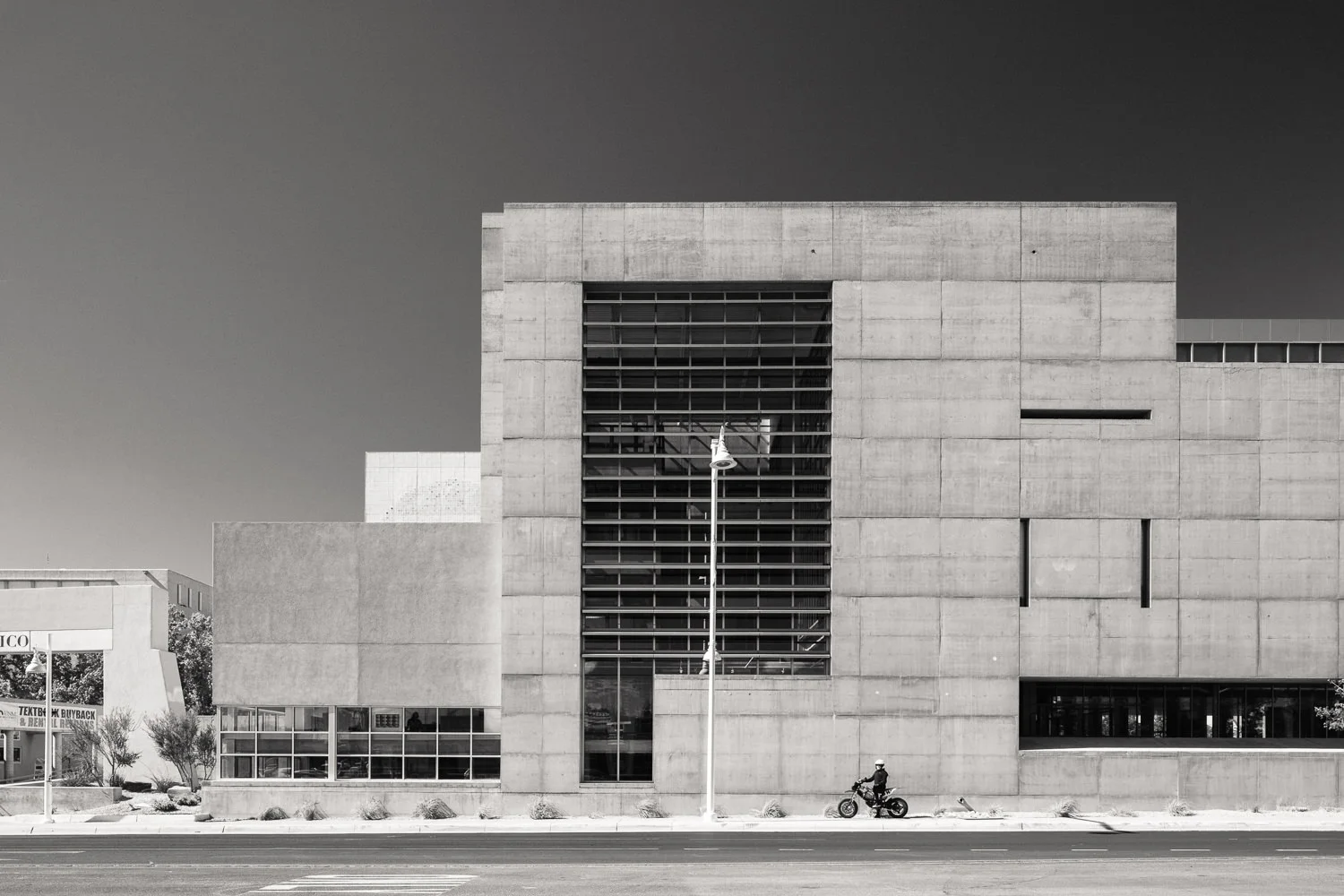
Architecture,
Interview
JC Buck
Architecture,
Interview
JC Buck
Body & Motion

Architecture
JC Buck
Architecture
JC Buck